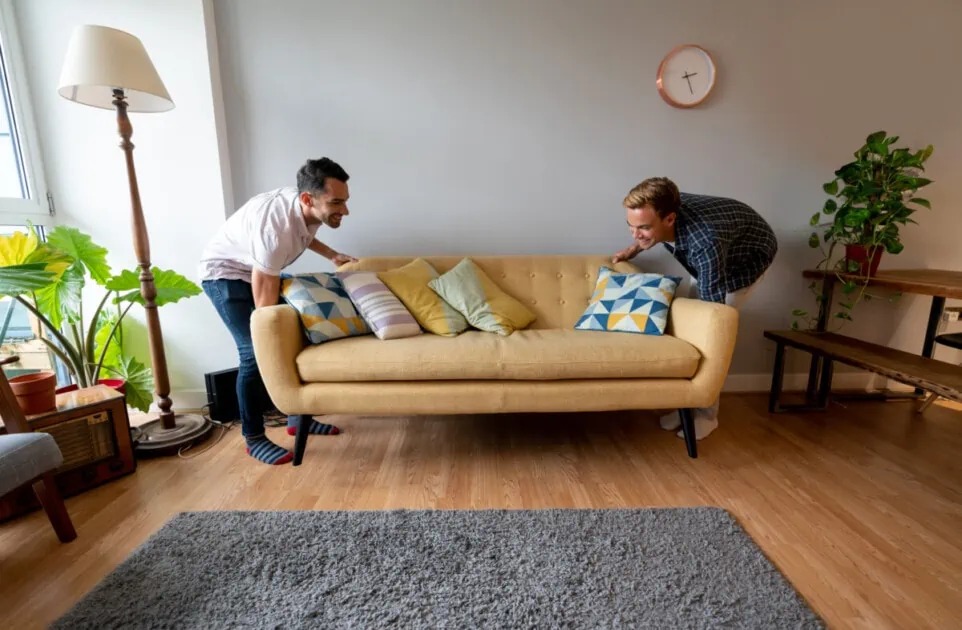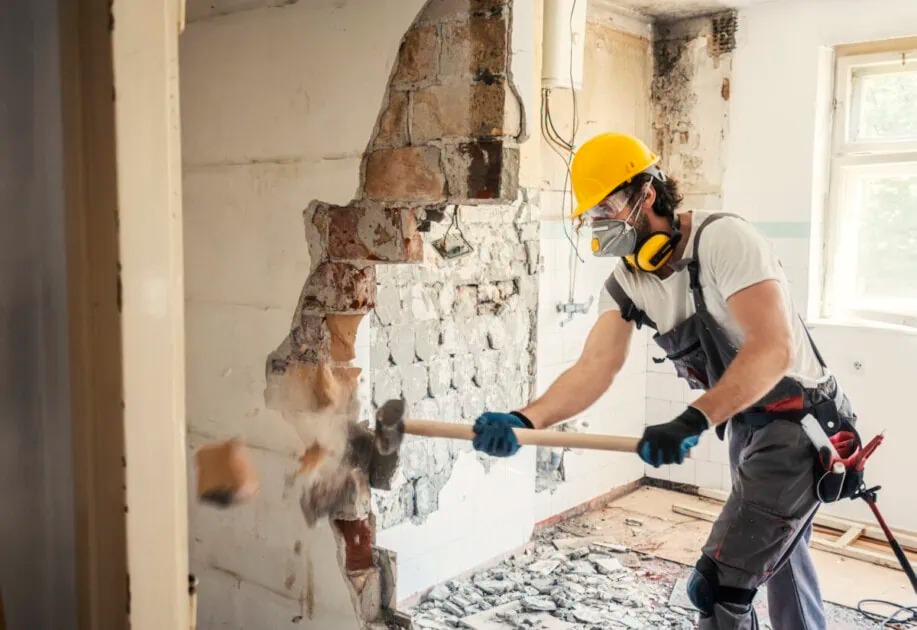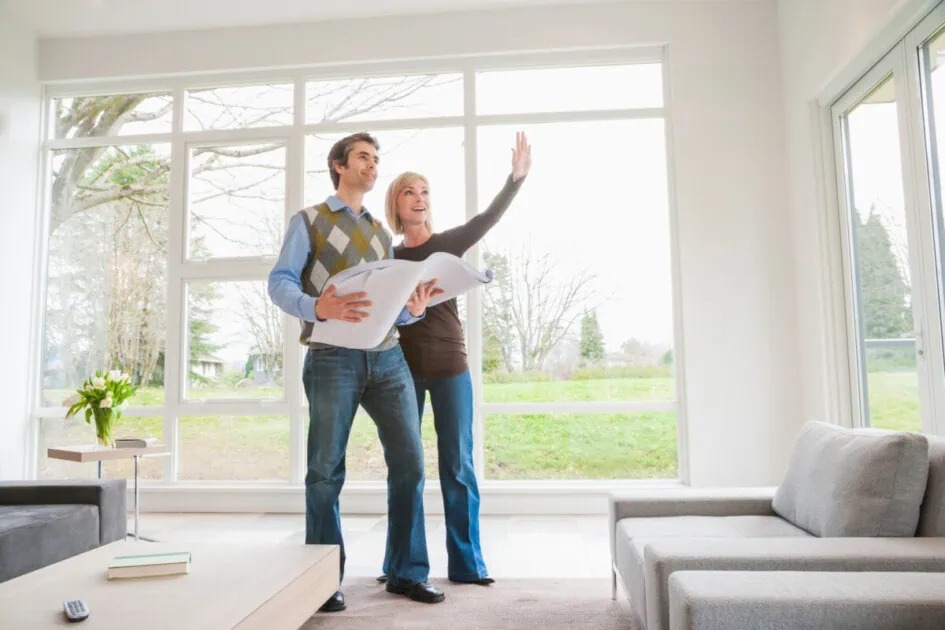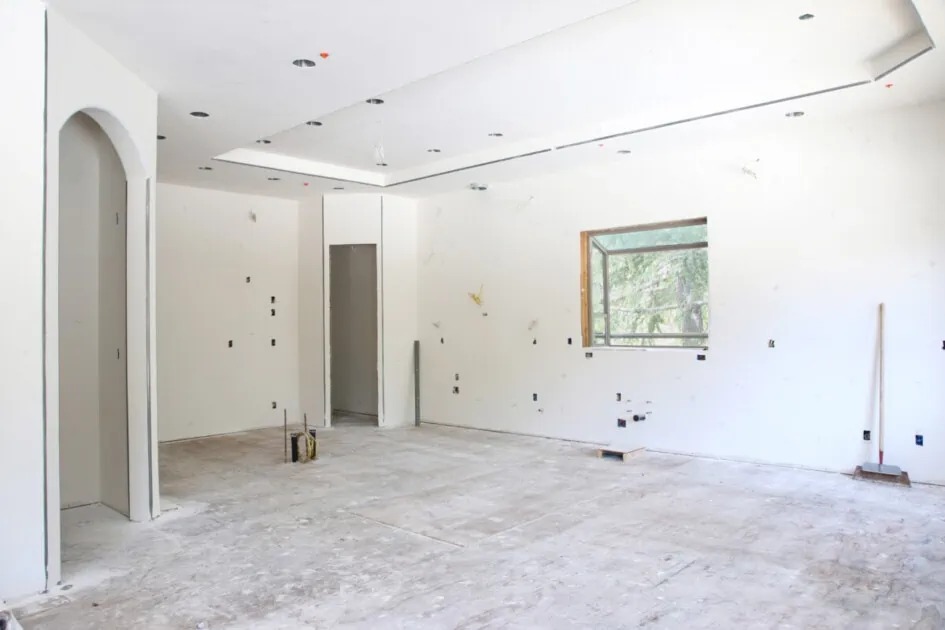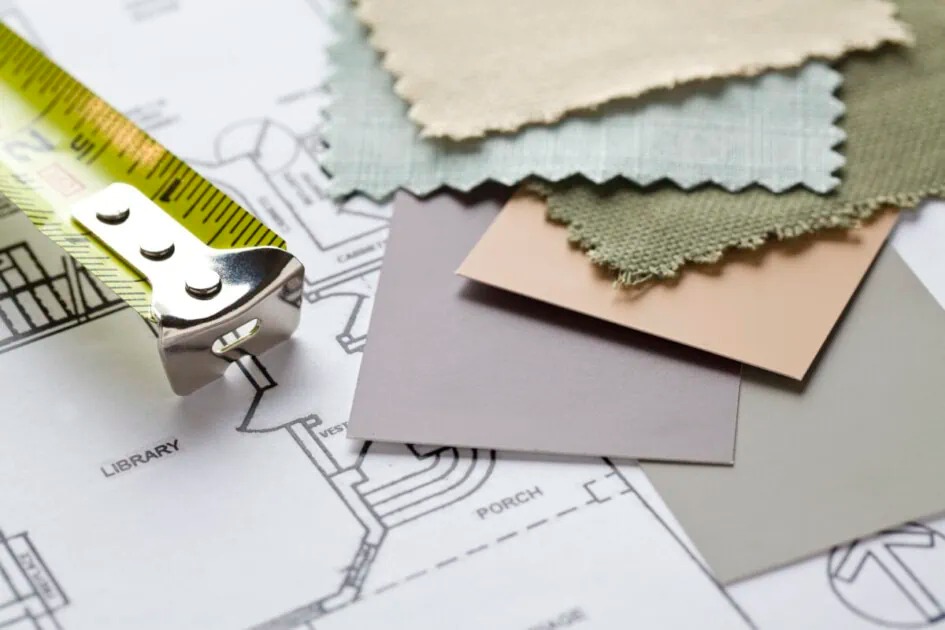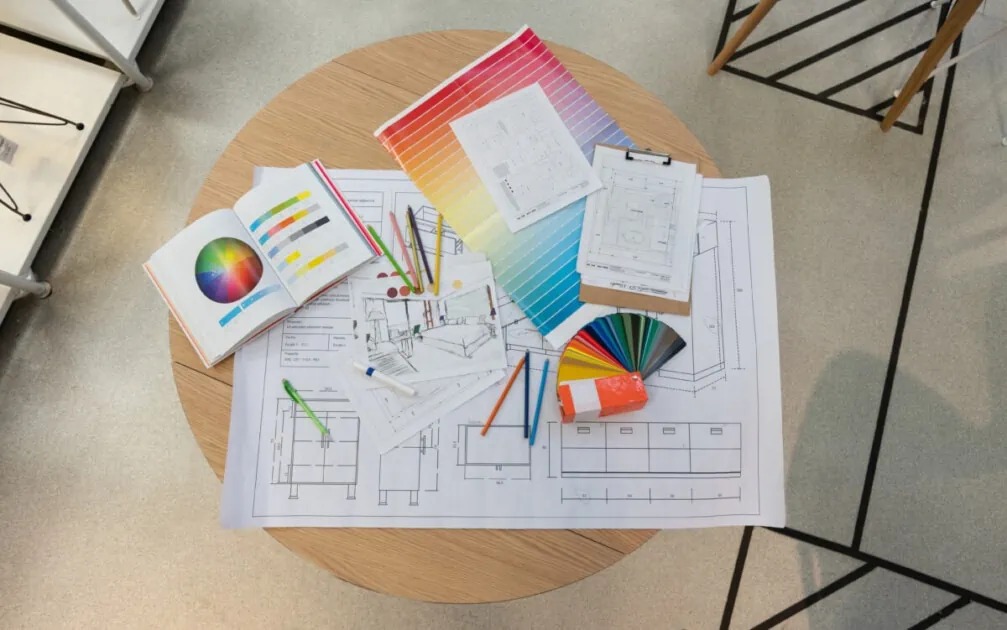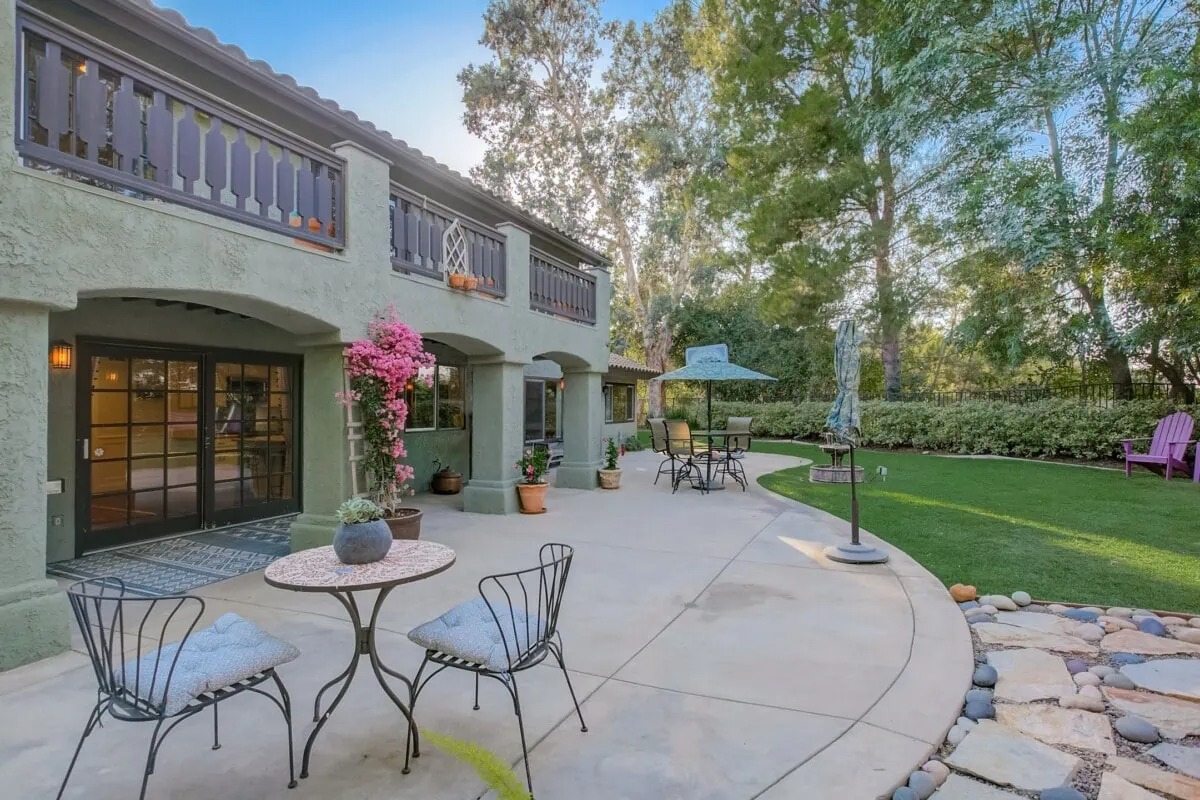7 Do’s and Don’ts for Flipping A House
Do you find yourself thinking about flipping your house for the first time? Or maybe you’ve flipped a house in the past and something went wrong. Now you’re wondering what other home improvers are and aren’t doing.
Whether you’re looking for resale homes in Ventura, CA, or Las Vegas, NV, this Redfin article offers valuable tips to save you time and money. From choosing the best location to selecting a reliable contractor and marketing your property, we can help.
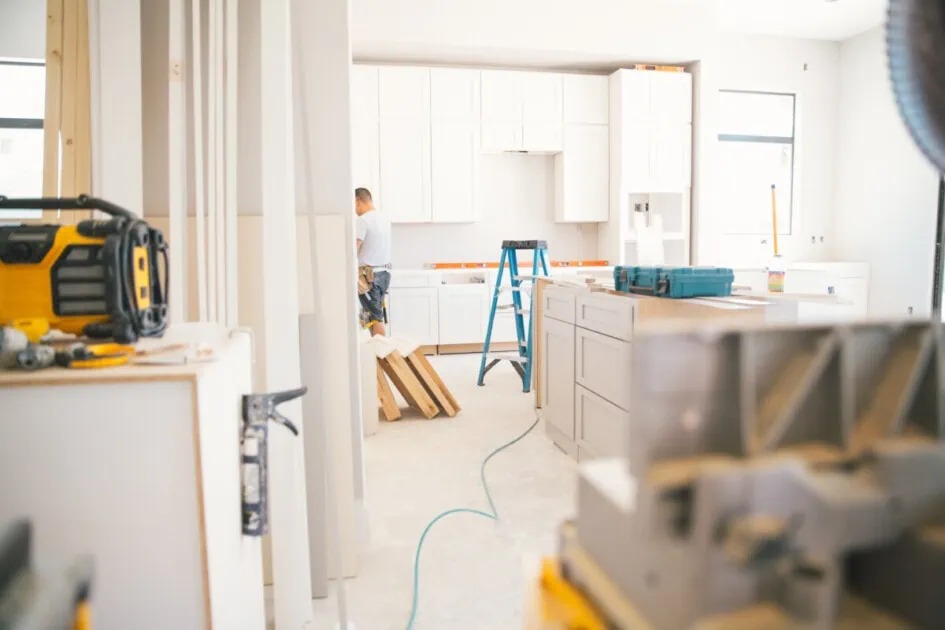
1.Be sure to consider the location
Choosing a location is one of the most important factors when you’re flipping a home. Firstly, if you plan to be actively involved in the renovation process, you need to ensure an easy commute. However, in order to assemble the right team (contractors, painters, designers, etc.), you also need to ensure that anyone working on the house can easily access it without being hindered by distance.
From the perspective of selling a property, location is equally important. Flipping a home in an area with high demand for listings can make or break a deal. If you plan to keep the property as a rental, consider both short-term and long-term needs. Is it best to be located close to the city for quick access to popular tourist attractions? Or is the home a retreat from the hustle and bustle of the world, situated in a quiet wilderness?
Wang Rui, the Vice President of Marketing at Ark7, an online platform for investing in fractional real estate, suggests owning a rental property near the city center. This will increase occupancy and provide convenience for travelers.
2.Make a budget accordingly
When it comes to flipping houses, numbers matter. Spend too much, and you may find yourself suffering financial losses. On the other hand, spending too little may make it difficult to secure tenants or buyers.
Real estate finance expert BiggerPockets discusses the importance of calculating the after-restoration value (ARV). How much is the restored property worth? To determine a property’s ARV, you must know its current value, the renovation value, and perform a comparable market analysis (CMA). A good rule of thumb to help you is the 70% rule, which states that you should pay no more than 70% of the ARV minus the cost of the required repairs.
Konstantin Podyachev, CEO of Expo Home Buyers, recommends “setting aside a cushion of around 10-15% for unexpected expenses.” These expenses can be incurred throughout the renovation process. The last thing you want is to be in financial trouble. In the best case, everything goes according to plan, and 10-15% stays in your pocket.
3.Consult a real estate agent
Even before buying a home to renovate, you need to consult a real estate agent. The agent has extensive knowledge of the area you want to buy in and can guide you through the process. It’s crucial to understand what you’re facing by looking at homes that have recently sold or leased and match your vision.
Additionally, assembling a team of contractors, designers, appraisers, and inspectors can be challenging. Having a real estate agent as a guiding resource to connect with these individuals can be a step in the right direction.
4.Don’t assume your plans won’t be ruined
When starting to decorate your home, try to have a foolproof plan; however, don’t expect it to stay that way. If you plan to reconfigure your layout by knocking down walls or tearing up floor surfaces, you never know what you might find.
Termites, asbestos, mold, and other unpleasant, plan-breaking things can be found far beyond the first glance. Before buying a property, do your due diligence and have the home inspected by an inspector. They should be concerned with everything from sewer and water lines to foundation and structural integrity.
Bobbie Wasserman, founder and chief executive of Single Lady Estates, said experts should be brought in if something goes wrong. “Their insights can give you a complete picture of the current state of your home’s critical (and expensive to repair) systems.”
5.Don’t cut corners, but don’t overdo it either
Minimum bids from contractors are always attractive. However, make sure you ask to see anyone’s portfolio (and maybe even tour current projects) before making a decision. Another helpful tip is to read reviews or connect with people they have worked with before to see firsthand how well they execute on their vision.
Will Rugeley, marketing manager at Good Vibes Homebuyers, said his team bought a home for $15,000 in 2020, sold it for $143,000, and lost $8,500. This happened because they selected the contractor with the lowest bid without reviewing. Based on early estimates, Will and his team were significantly over budget as costs continued to escalate. He now advises to “be wary of unusually high or low recovery estimates.”
6.Be sure to think about design
You’ve considered the location; now comes the fun part: designing the home carefully. First and foremost, decide whether you want to design it yourself or hire a professional interior designer.
Designing a home for short-term rentals (such as Airbnb or VRBO) can be very different from designing a home for long-term rental or sale. For short-term rentals, Wang recommends making each room a “functional oasis where guests enjoy basic amenities and ultimate comfort.” This is reflected in Ark7’s Seattle-D1 hotel, where the blue exterior and tall trees perfectly complement the warm, quintessential interior.
The phrase “less is more” can be helpful when designing a property for long-term rental or sale. Consider a potential buyer or tenant visiting your carefully curated property; you’ll want them to imagine their own family life. That kind of living might mean making room for a feature wall or taking inspiration from something you’ve already designed and putting a higher price tag on it for additional features.
7.Don’t forget about marketing
After putting your heart and soul into designing the perfect property, the last thing you want to forget is marketing. Your real estate agent will be your greatest asset in introducing your home to potential buyers or tenants.
Experts at Old Pueblo Stucco share a reminder to create stunning curb appeal so that there is that “wow” factor at first sight. Hire a photographer or videographer to capture the best angles of everything that makes your home unique. Also, make sure you (or your agent) write attractive copy that will be front and center in the property description, highlighting all the best features.
Final thoughts on dos and don’ts for flipping your house:
Flipping a house can seem overwhelming. Memorizing complete sections can serve as your guiding light from start to finish. Learn from people along the way, consult experts, and continue to delve into available online resources when clarification is needed.
Beyond the “do this” or “don’t do that” challenges and hard roads, there’s the incredible experience of bringing your work of art to life.

